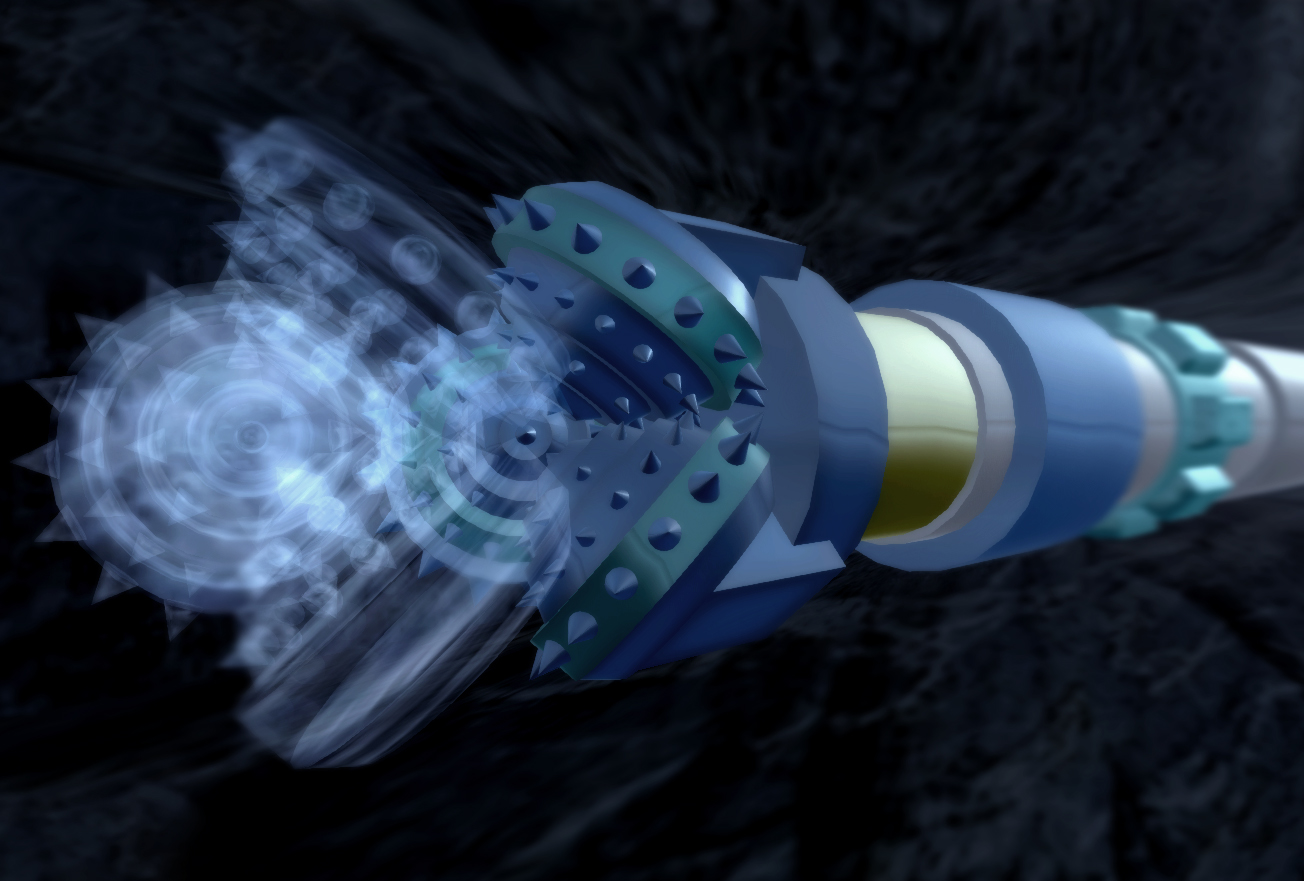Tracers are an important diagnostic tool in identifying key reservoir and completion variables that have a direct impact on well performance. Tracer data is most effective when used in combination with other data sets such as drilling, reservoir, and frac data. By overlaying drilling and geosteering data with tracer data, engineering teams can compare individual stage tracer recoveries against rock quality to identify the best rock types. Fracture diagnostics data can also be imported to aid in the interpretation.
Changes to completion design can be evaluated by utilizing tracers on sections of the lateral where the design change is desired. Completion design changes such as stage spacing, cluster density, frac fluid type, proppant concentration, and chemical additive loading can all be tested by evaluating tracer recoveries from stages where the design change was made.
ResMetrics offers a wide range of chemical tracers suitable for multi-stage hydraulic fracturing treatments. Each single well or interwell tracer is fit-for-purpose to achieve the desired diagnostic objective. Our chemical tracers have been screened in the laboratory and in the field for use during hydraulic fracturing treatments.
Our tracers are injected into the suction (low pressure) side of a frac pump or frac manifold. The tracers are injected at very low concentrations and will be injected to match the frac blender’s downhole clean rate.
Frac hits have become an important topic of discussion as operators continue to drill new well pads adjacent to older depleted wells at tighter well spacing. The depleted well, commonly known as the parent well, creates a pressure sink in the reservoir increasing the risk that fractures generated by the child well will propagate towards the parent well. While there has been significant debate in recent years regarding the impact a frac hit has on well productivity, a growing consensus among engineers is that it is a cost to production best avoided.
To help diagnose the impact of a frac hit on ultimate recovery, chemical tracers can be used to calculate the amount of frac fluid and hydrocarbon production being communicated between wells. Unique tracers tag the individual stages of a child well and identify which are communicating with the parent well. During production, the parent well can be monitored to determine when the load fluid from the child well has been produced out.

Liquid loading of horizontal wellbores during production could have an impact on the overall recovery of oil and gas from liquids-rich shale plays. Several studies have shown that wellbore orientation has an impact on the unloading of frac fluid and subsequent hydrocarbon production from the toe section of the wellbore. In order to maximize ultimate recovery and net present value (NPV), it is important to understand the effects of liquid loading on the production profile of the well.
Chemical tracers can be used to measure fluid production from the heel and toe section of the wellbore by analyzing tracers pumped into each distinct section of the wellbore. These tests typically last over 180 days since the production profile of the well changes as the well is drawn down. A heel-to-toe production ratio can be calculated from tracer data and can be monitored over time.

Recently developed completion hardware allows operators to plug, perforate, stimulate, flowback, and produce a well without the need to drill out completion hardware. Bringing a well to production as fast and as cheaply as possible has helped bring down completion costs over the last few years. However, recent tests have shown that certain dissolvable materials have restricted flowback by not dissolving quickly and efficiently.
By determining the amount of flow originating from stages that employ dissolvable completion hardware, tracers can verify that it is actually dissolving. In addition, data comparisons between flow from dissolvable stages and stages that use conventional frac plugs will expose any differences in flowback performance.